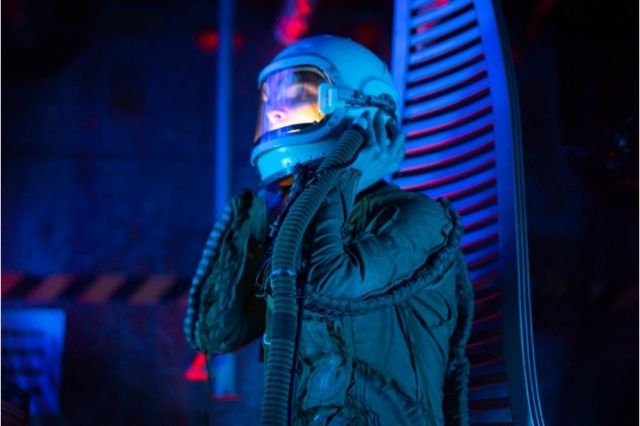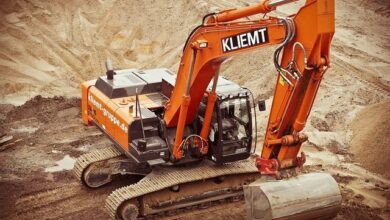5 Things to Consider Before Entering a Confined Space

Confined spaces can be a construction site, a tank, a well, a mine shaft, a vat or vessel where people can’t escape from. It may be an open space or one with restricted access. There is limited or no means of escape in case of emergency. Confined space hazards include atmospheric asphyxiation due to lack of oxygen and sudden exposure to toxic chemicals and fumes. Workers who work in confined spaces must be properly trained and equipped in order to ensure their safety and the safety of others.
Various industries such as oil and gas, mining, construction, manufacturing, waste disposal, public utilities, and food processing can work in confined spaces. Workers in this field need to have confined space training on how to enter confined spaces.
In this blog, we will discuss the four safety precautions that should be taken when entering into confined spaces:
Protecting the Body from Unexpected Collisions
Confined spaces in the United States are spaces with limited or restricted means of escape in the event of an emergency. Confined space hazards may include atmospheric changes that create oxygen deprivation and toxic substances.
For example, if a worker enters a confined space to clean it and runs out of air due to lack of ventilation, their body is at risk of suffocation. Another example is when a worker enters a confined space filled with harmful chemicals, and there is no way for them to get out easily and quickly if they need to escape for any reason.
Workers should be required by law to wear appropriate personal protective equipment before entering a confined space. This equipment includes air supply, fire-retardant clothing, eye protection, a hard hat with a light attached, etc.
Know How to Use the Equipment Properly
Confined spaces may be dangerous places. The Occupational Safety and Health Administration (OSHA) reports that the majority of deaths in confined spaces are due to asphyxiation.
Confined space is any space with limited or restricted entry, making it difficult to escape in an emergency.
The right equipment can help keep workers safe when they enter these confined spaces. It’s essential to know how to use the equipment properly before entering a confined space, though.
Confined Space Conditions
To avoid any accidents, you should know the hazards of the confined space you are going into. You should also have a plan of what to do if an emergency happens, and finally, have a way to contact emergency personnel if something goes wrong.
Rescue Plan
The rescue plan is essential in the event of an emergency. It contains information on what will happen in an emergency, who should do what, and when.
There are three primary considerations for any rescue plan:
- The people entering the space.
- The people waiting outside to handle emergencies.
- The safety equipment.
The rescue plan should also include how to communicate with each other during an emergency. It is important because when things go wrong in confined spaces, the time it takes to find and rescue someone can increase very quickly.
The Shape of the Confined Space
The shape of the confined space has a huge impact on how air is distributed. In a cube, for example, air circulates from all six sides evenly. In a circular tube, air only circulates from the front and back. This means that there is less air at the back than at the front in a circular tube, which can lead to problems such as claustrophobia and panic attacks.
The following are the steps that you should take if you have been exposed to a confined space:
1. Expose yourself to fresh air.
2. Drink plenty of water and rehydrate yourself by drinking juice/tea/coffee.
3. Get checked for any health issues including respiratory problems, nausea, anxiety, etc., which might have been triggered due to exposure to confined spaces.
Conclusion:
To enter a confined space without the risk of death or severe injury, one must take certain precautions to ensure a safe entry. These precautions include: identifying the hazards inside a confined space, avoiding carbon monoxide poisoning, taking air measurements before entering a confined space, wearing protective clothing and respirators when necessary, inspecting the outside of the entrance for possible obstructions that could prevent exit from within the confined space if needed.





